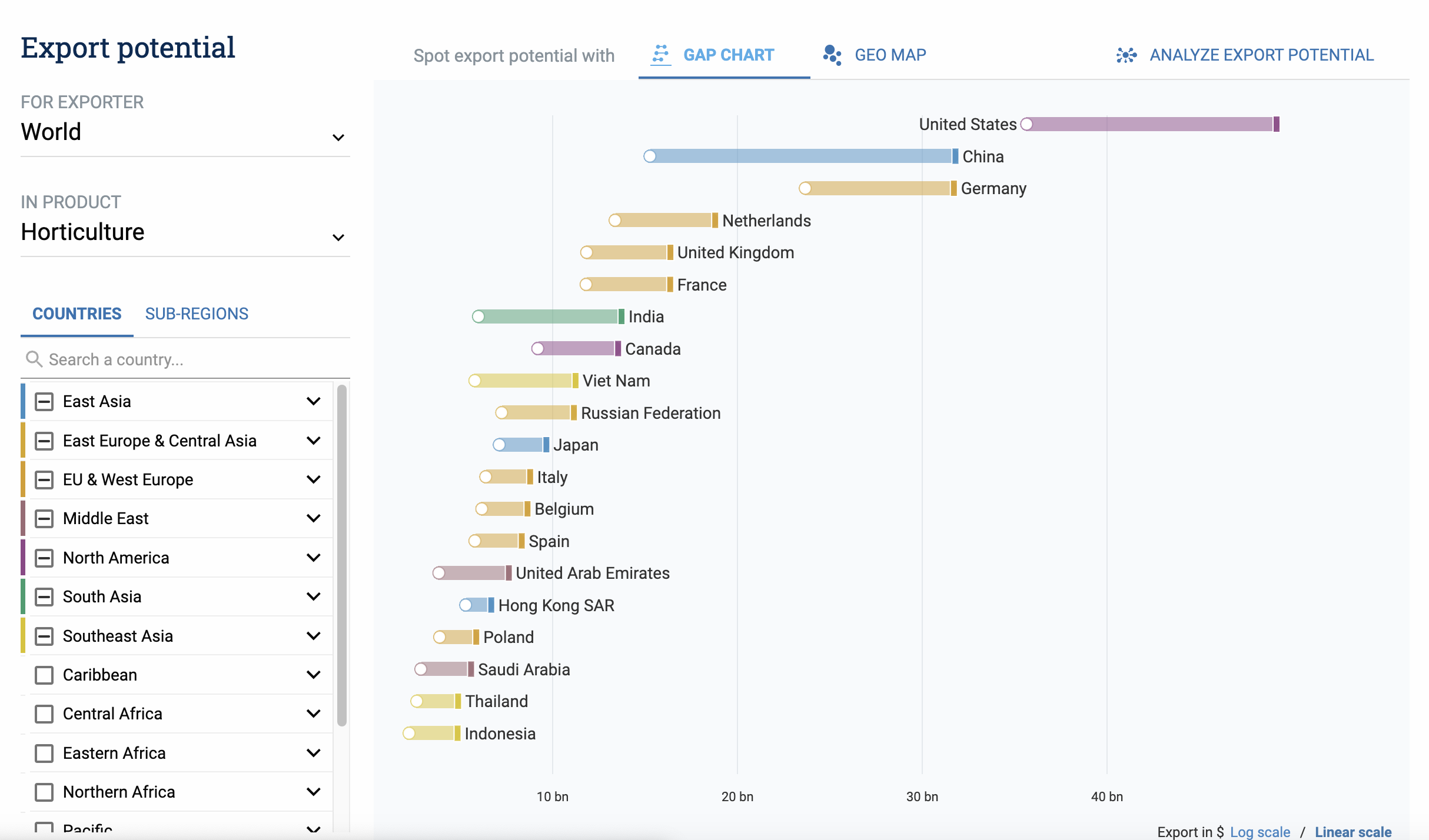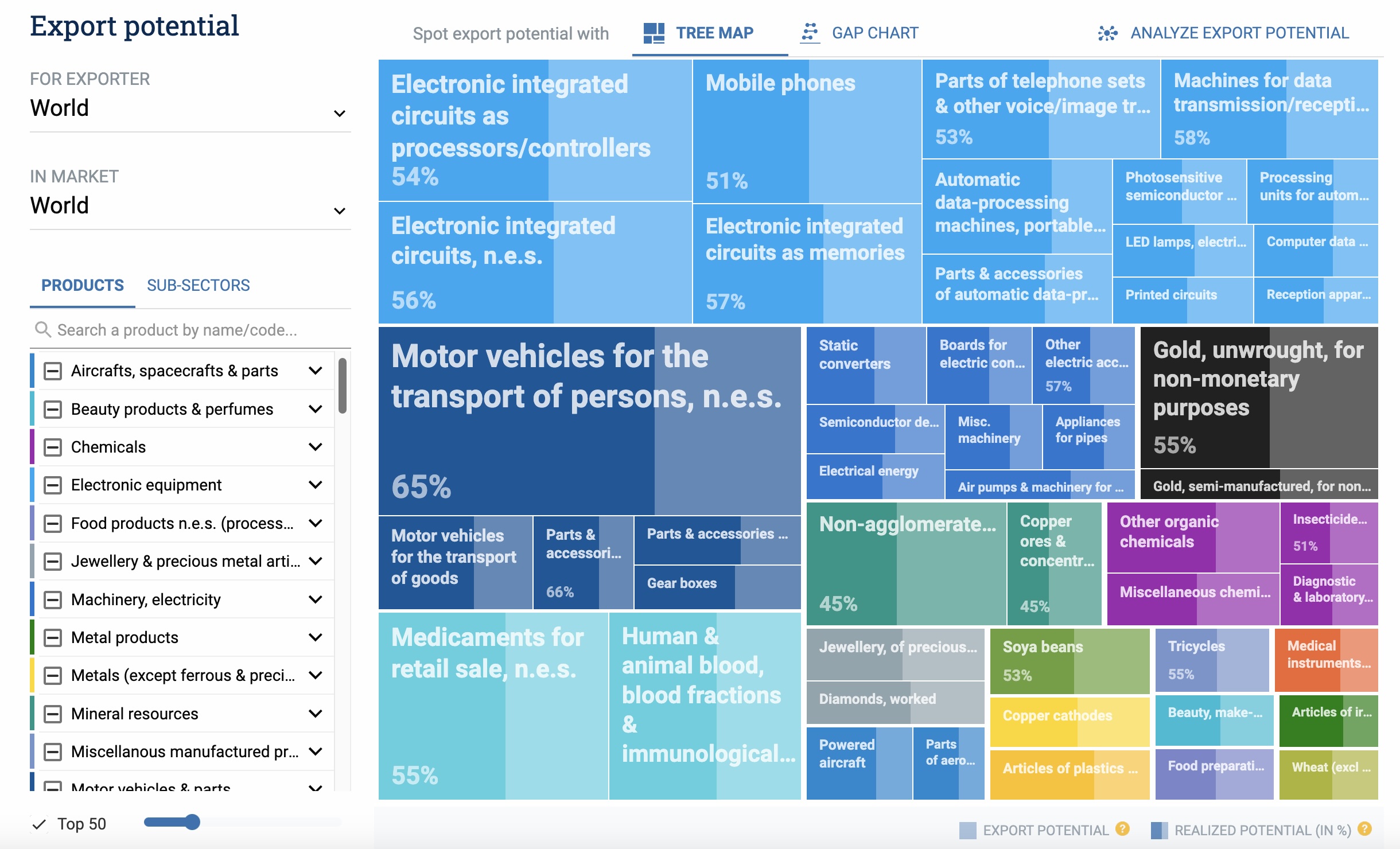Product Market Fit
5 Tips to start
Export Tip
Product Market Fit
Your international aspirations can be tricky. Your budget and other resources are limited. Therefore, expanding globally is not the best way to start. Take it one country at a time. Start with the country where the best product-market-fit is similar to your home country. This is not necessarily your neighboring country.
Choosing wisely in the early stages, prevents you from needing to make large adjustments to your product or to your go-to-market strategy. Finding the best country to start the next international adventure depends on your product or service. Have a good look at it and try to look at it with an entirely new view.
To accelerate sales, you will have to address your customer’s core needs. Any business looking at export-opportunities, discuss their product-market-fit in the early stages of the project.
This is the same as any start-up will do or when you are going to develop new products or services. The moment you start thinking about expanding internationally, you will have to start with the same basics: product-market-fit. Do not fool yourself by thinking that a product-market-fit is exactly the same around the world.
Where to start to define your product-market fit?
Ask yourself the right questions. Do research. There are many online resources to get an idea on how your product might fit into another country.
5 STEPS TO CONSIDER

1. Which countries use similar products? Are these products simpler or more advanced than your solution? If you sell a technical product or a software solution, you need to know the technical level of the country you want to target. If a country is less developed, it might either be a great opportunity or it might be too early for you to jump in. In this last case it is better to wait for the right momentum to enter this market.
2. Understand the cultural differences. How do people make their decisions? How will they interact with your products, innovations and brands? It is easier to start in a market where people interact more easily and are more open to new products and innovations compared to cultures where people tend to wait and see and have a more defensive approach.
3. Look for countries with a similar economy. If your target country holds the same economic values as your home-country, doing business becomes much easier. Also have a look at the Purchasing Power Parity. Can you adapt your prices to fit them better into the new market? Local competitors might set the price range. Can you deliver within this range?
4. Quality above quantity or size does not matter. It might look promising to target a large country. More people, more business. But size does not indicate a product-market-fit. If the target country is not ready yet for your innovative solutions, more people won’t help solving this mismatch. Another issue to consider is large size countries often means larger expenses for marketing, logistics etc.
5. Analyse your targeted market thoroughly. How did your deals came on? Was it easy or difficult to convince your potential clients? What were the pitfalls? An important lesson for exporting companies is not only look at your success KPI’s. Also have a look at your failures, there lie the answers to learn from. Pay extra attention to product-market-fit and intercultural differences. Compare these to your home-market. The quicker you learn from your mistakes the sooner you can celebrate your successes and start growing into a new concurred market.
Example using Export Potential


United States
Export potential
Actual exports
Netherlands
Export potential
Actual exports
Have a look at the Export Potential Map of here at intracen.org
India
Export potential
Actual exports
Conclusion
Prepare yourself for every new product market fit. Whether you are starting with export, or you are looking at new markets, do your homework. read online all you can find about your target market. Use your own data and look for data from other reliable sources.
